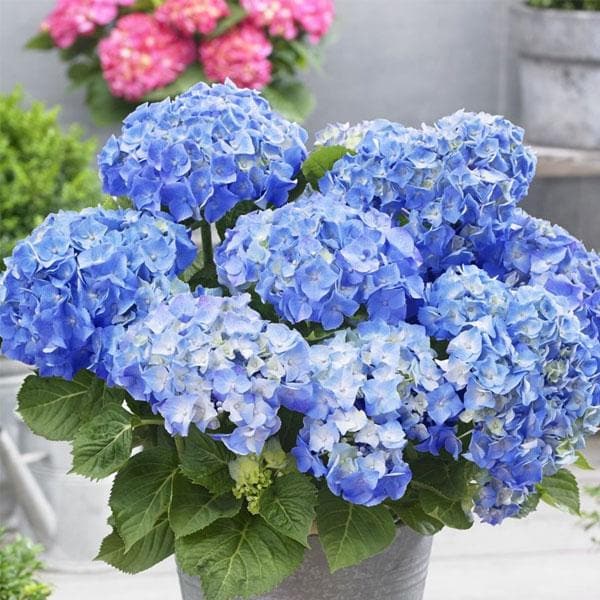
Hydrangea macrophylla (Any Color) - Plant
(MRP Inclusive of all taxes)
- Shipping ₹79 for entire order
- Dispatch in 7 days
- Country of origin: India

(MRP Inclusive of all taxes)
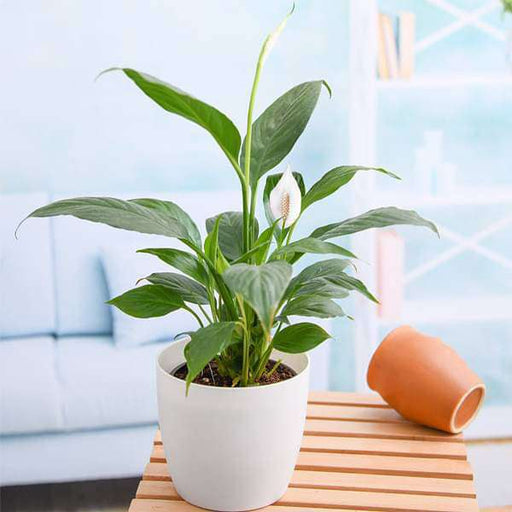
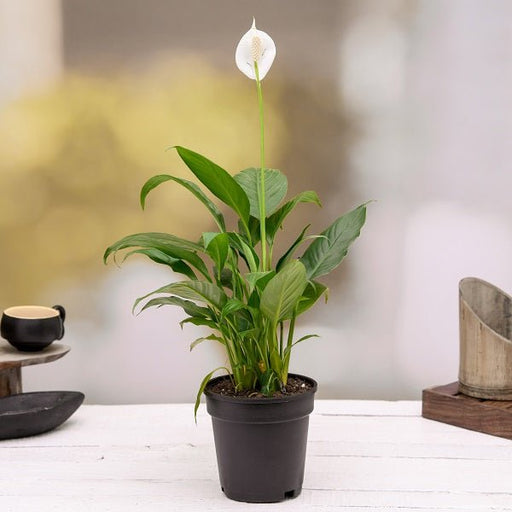 Save up to 15%
Save up to 15%
Peace Lily, Spathiphyllum - Plant The Peace Lily, scientifically known as Spathiphyllum, is a stunning houseplant celebrated for its elegant white...
View full details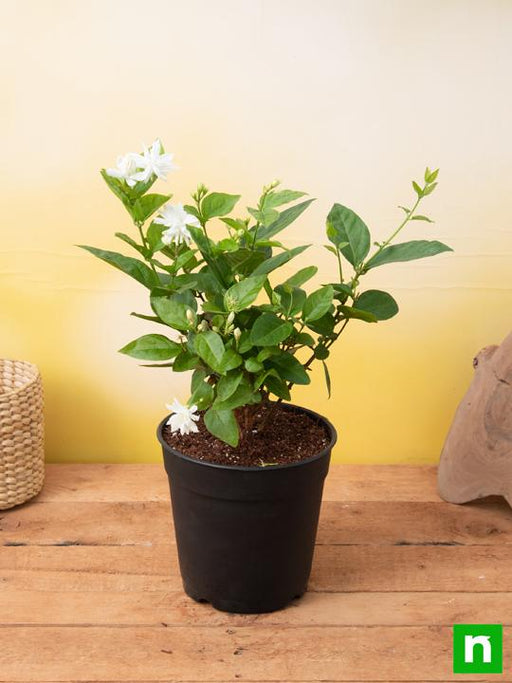
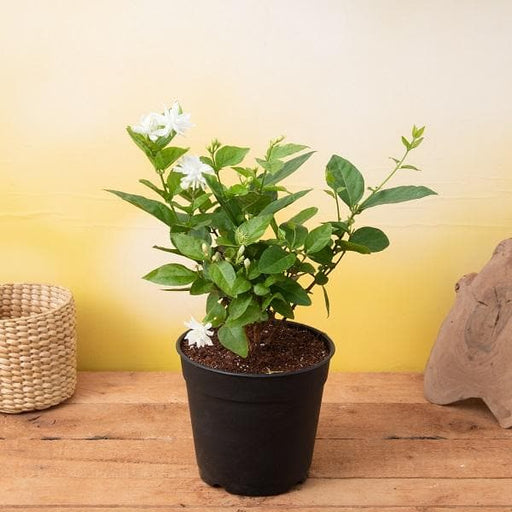 Save 25%
Save 25%
Jasminum sambac, Mogra, Arabian Jasmine - Plant Jasminum sambac, commonly known as Mogra or Arabian Jasmine, is a fragrant flowering plant...
View full details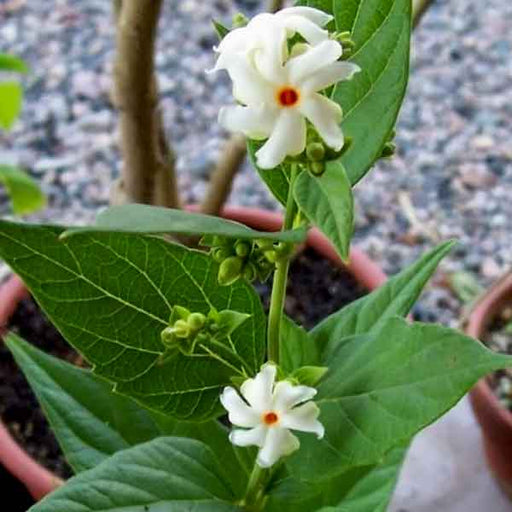
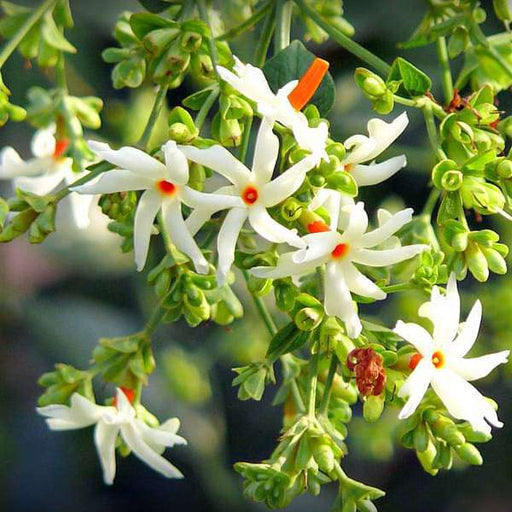 Save 18%
Save 18%
Combo Constituents Includes the Parijat Tree (Night-Flowering Jasmine), a culturally significant plant with fragrant flowers. Description The Pari...
View full details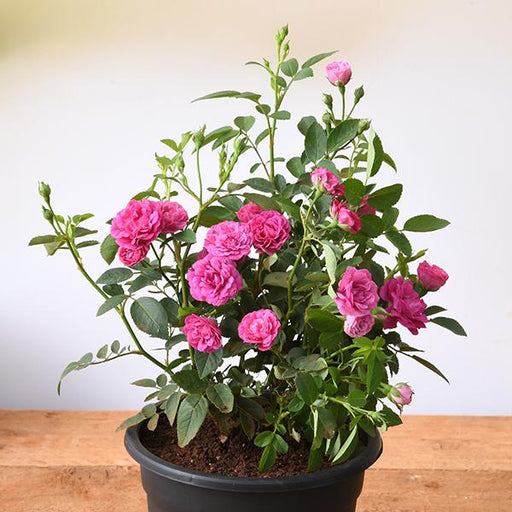
 Save 25%
Save 25%
Miniature Rose, Button Rose (Any Color) - Plant The Miniature Rose, also known as the Button Rose, is a charming and compact flowering plant that ...
View full details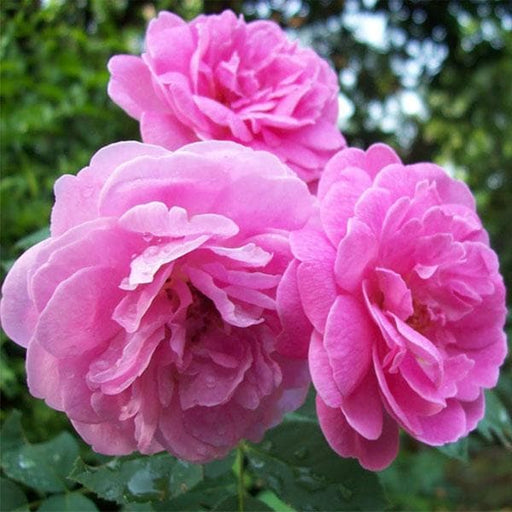 Save 25%
Save 25%
Damascus Rose, Scented Rose (Any Color) - Plant The Damascus Rose, also known as Rosa damascena, is a timeless symbol of beauty and romanc...
View full details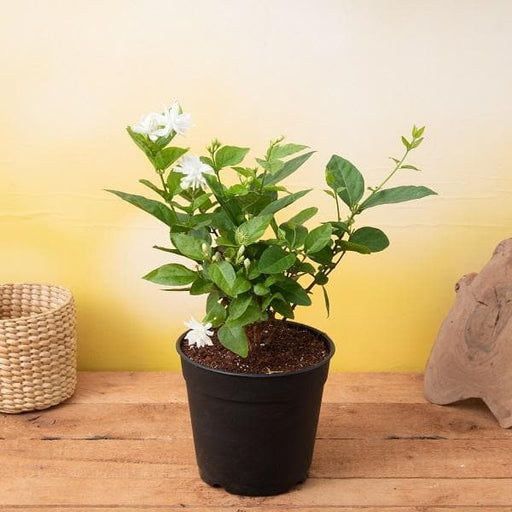
 Save 17%
Save 17%
Beautiful Fragrant Mogra, Arabian Jasmine Plant with Pot The Beautiful Fragrant Mogra, also known as Arabian Jasmine (Jasminum sambac), is...
View full details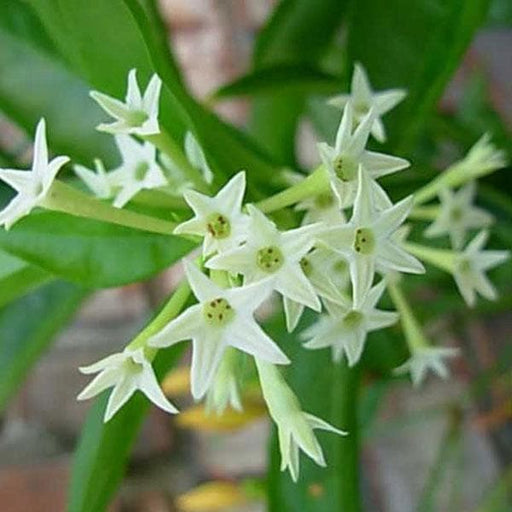
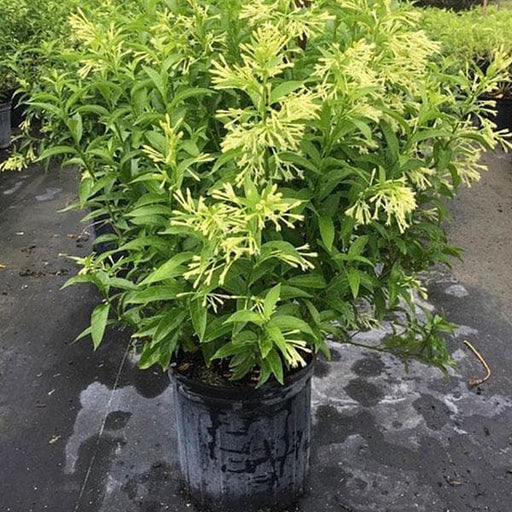 Save 25%
Save 25%
Description Raat Ki Rani (*Cestrum nocturnum*), also known as Night Blooming Jasmine, is a fragrant shrub native to the Caribbean and Central Ameri...
View full details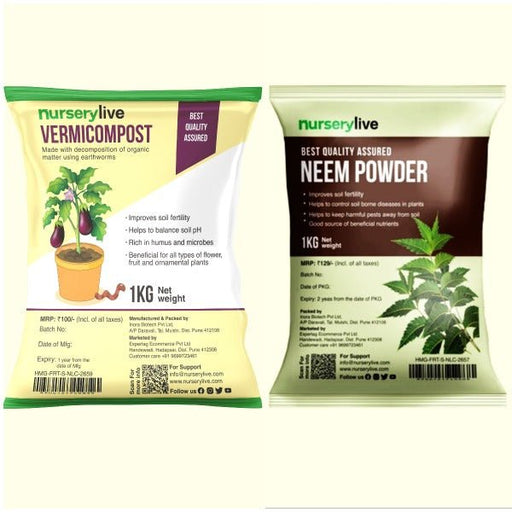 Save 15%
Save 15%
Pack of Vermicompost and Neem Cake for House Plants Transform your indoor garden with our premium Pack of Vermicompost and Neem Cake, spec...
View full details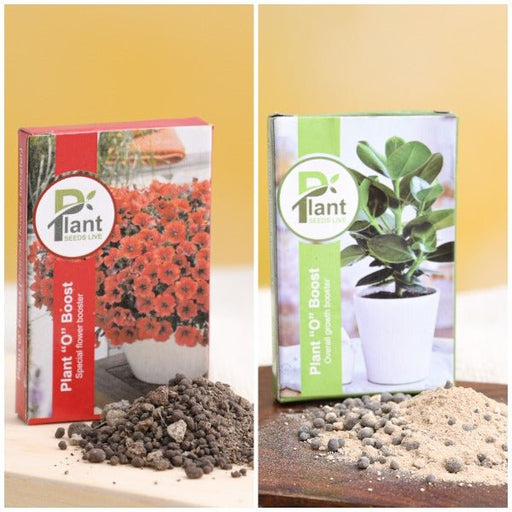
Pack of Plant Growth and Flower Boosters Unlock the full potential of your garden with our Pack of Plant Growth and Flower Boosters! This ...
View full details Save 38%
Save 38%
Combo of Jeevamrut and Neem Raksha for Easy Growth and Protection of Houseplants Transform your indoor garden with our exclusive combo of ...
View full details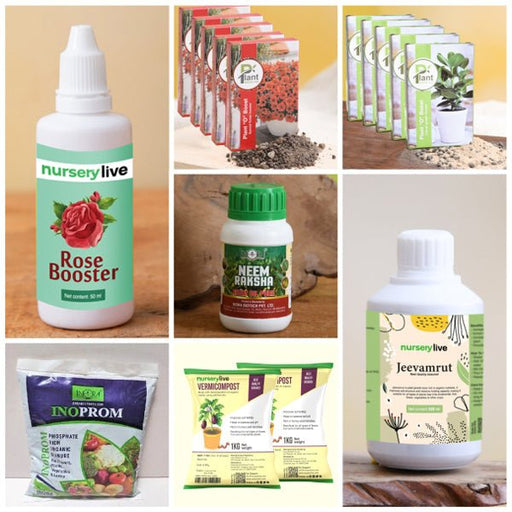 Save 22%
Save 22%
Plant Nutrients Kit (Pack of 16) for a Healthy Garden Transform your garden into a lush paradise with our Plant Nutrients Kit, featuring 1...
View full details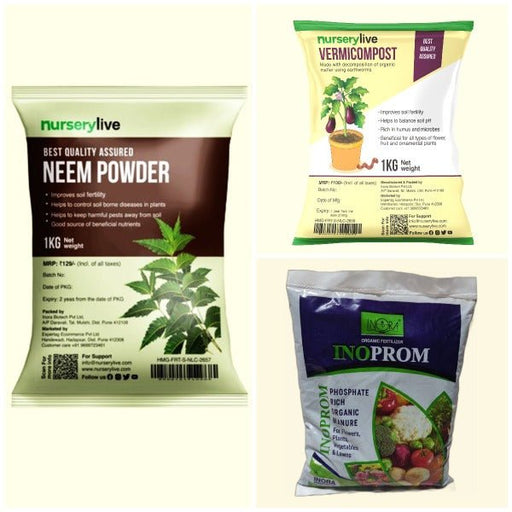 Save 16%
Save 16%
Combo of Top Plant Fertilizers Elevate your gardening game with our exclusive Combo of Top Plant Fertilizers, featuring two bags of premiu...
View full details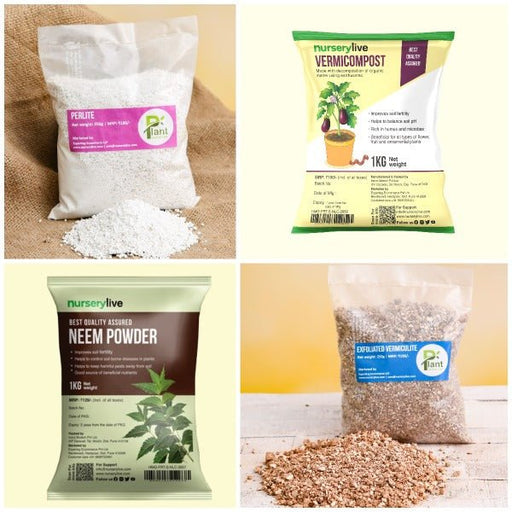 Save 24%
Save 24%
Pack of 4 Additives to Make Soil Healthy and Nutrient Rich Transform your garden into a thriving ecosystem with our Pack of 4 Additives de...
View full details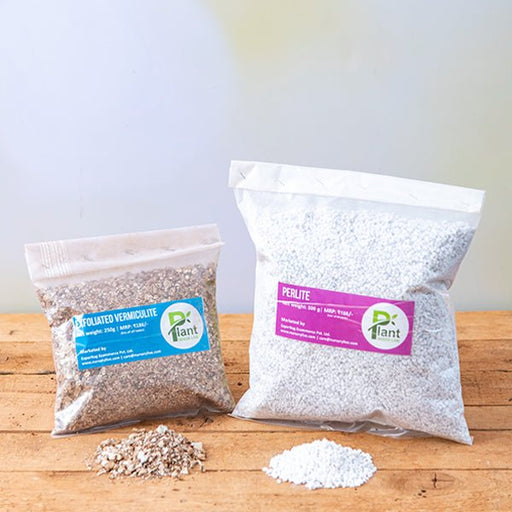 Save 30%
Save 30%
Transform your gardening experience with our premium Combo of Perlite and Vermiculite. This unique blend is designed to enhance soil aeration and ...
View full details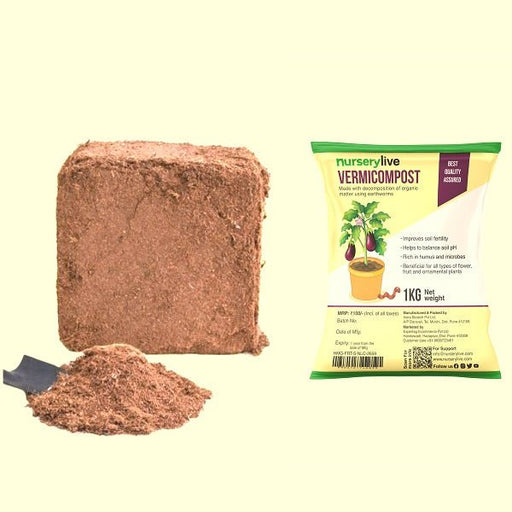 Save 27%
Save 27%
Combo of 2 Vermicompost and Cocopeat - Enrich Your Soil Naturally! Transform your garden into a thriving ecosystem with our Combo of 2 Ver...
View full details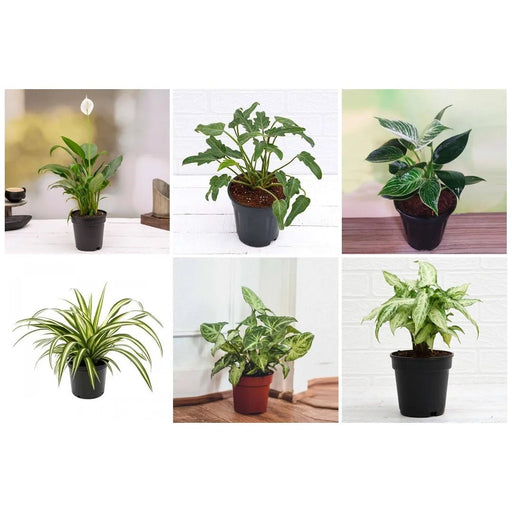
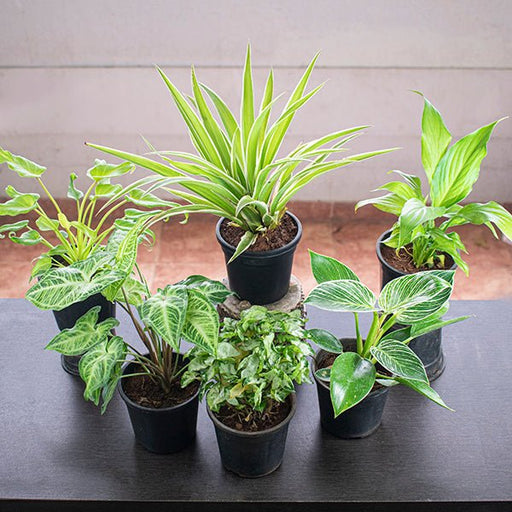 Save 35%
Save 35%
Best 6 Plants for Perfect Indoor Garden Transform your living space into a lush oasis with our curated collection of the Best 6 Plants for a...
View full details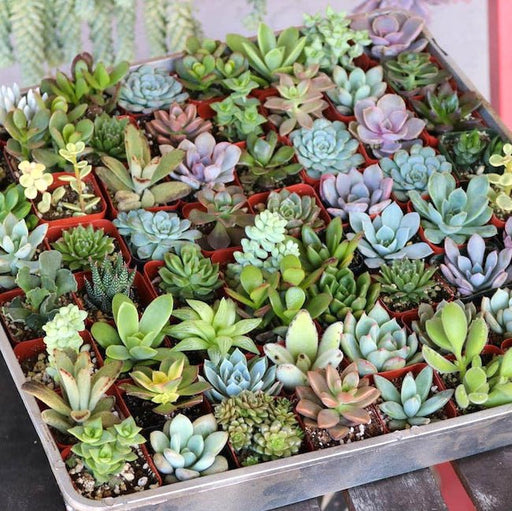
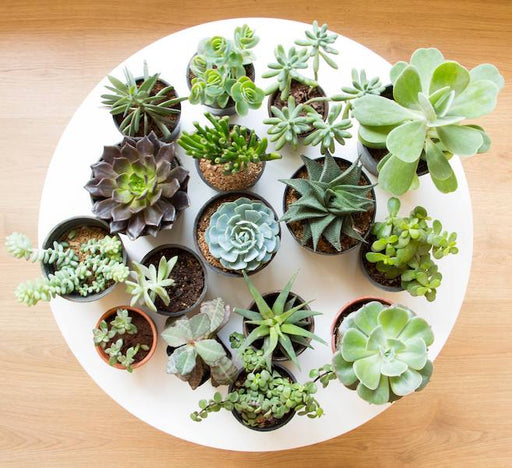 Save up to 50%
Save up to 50%
Mini Succulent Garden Pack Transform your space with our Mini Succulent Garden Pack, featuring a delightful collection of 4 any variety beautiful s...
View full details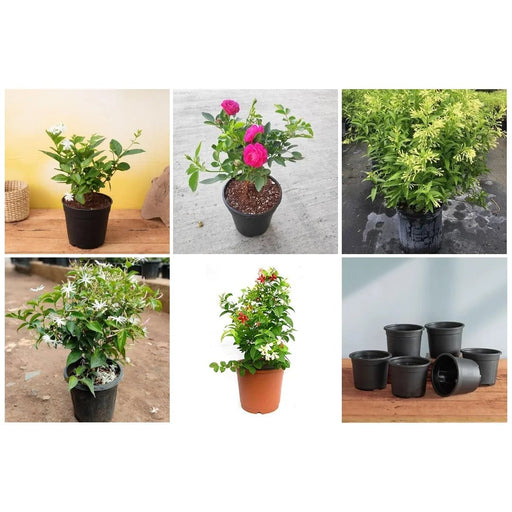
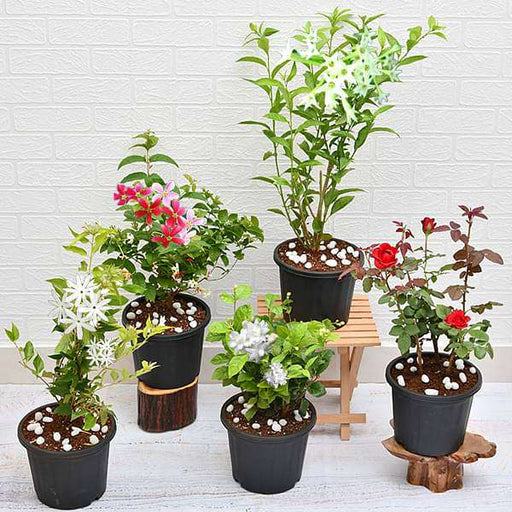 Save 30%
Save 30%
5 Best Fragrant Plants Transform your garden or indoor space into a fragrant paradise with our curated selection of the 5 Best Fragrant Plants. Th...
View full details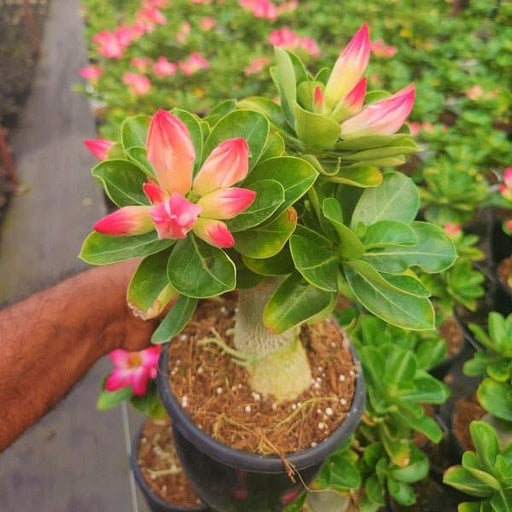
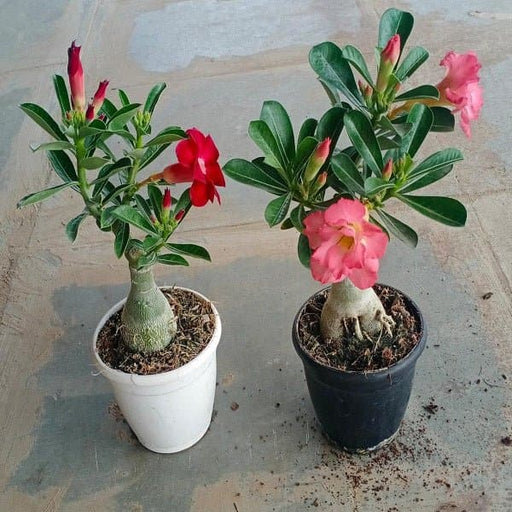 Save 24%
Save 24%
Set of 2 Bonsai Looking Grafted Adeniums Transform your indoor or outdoor space with our exquisite Set of 2 Bonsai Looking Grafted Adenium...
View full details Save 45%
Save 45%
Top 4 Die Hard Succulents Pack Transform your indoor or outdoor space with our Top 4 Die Hard Succulents Pack, featuring a curated selecti...
View full details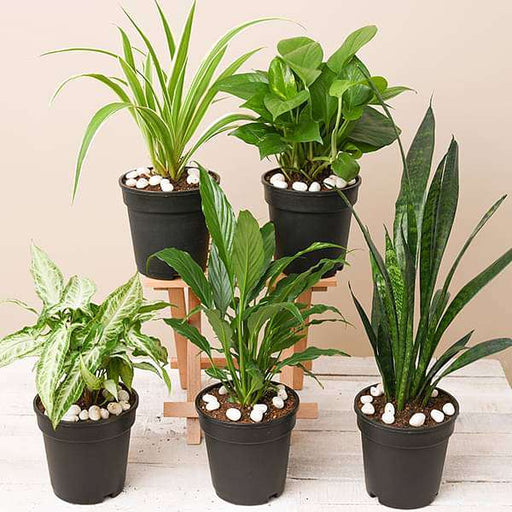
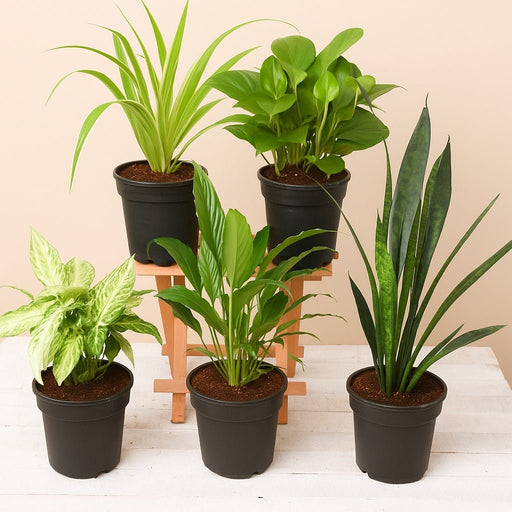 Save 30%
Save 30%
5 Best Indoor Plants Pack Transform your living space into a lush oasis with our '5 Best Indoor Plants Pack.' This carefully curated collection fe...
View full details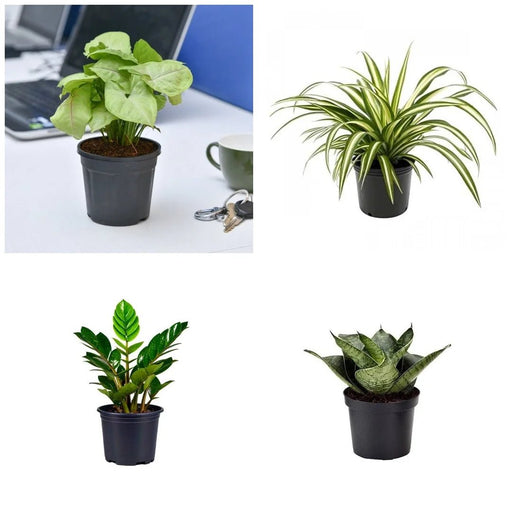
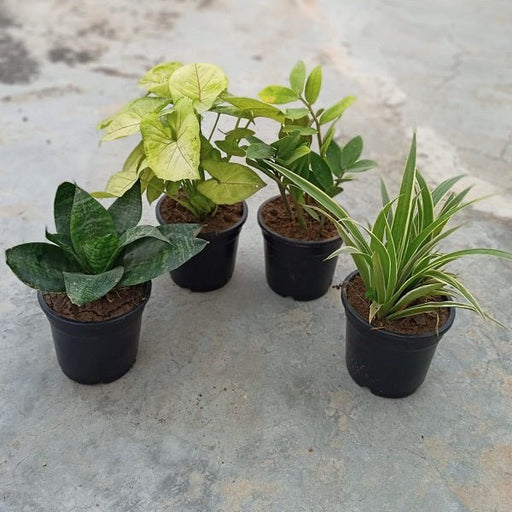 Save 25%
Save 25%
Set of 4 Evergreen Air Purifier Plant Pack Transform your indoor space into a lush, green oasis with our Set of 4 Evergreen Air Purifier Pla...
View full details| SrNo | Item Name | Qty |
|---|---|---|
| 1 | Hydrangea macrophylla (Any Color) Plant in 6 inch (15 cm) Pot | 1 |
Hydrangea macrophylla, commonly known as Bigleaf Hydrangea, is a stunning flowering plant that captivates gardeners with its lush foliage and vibrant blooms. Available in a variety of colors, including blue, pink, and white, this perennial shrub thrives in temperate climates and adds a touch of elegance to any garden or landscape. With its ability to change color based on soil pH, it offers a unique opportunity for customization in your garden design.
What makes Hydrangea macrophylla special is its remarkable adaptability and long-lasting blooms. These plants can flourish in both sunny and partially shaded areas, making them versatile for various garden settings. Their large, globe-like flower clusters create a breathtaking display from summer to fall, attracting pollinators and enhancing biodiversity in your garden.
One of the standout features of Hydrangea macrophylla is its color-changing ability. By adjusting the soil's pH, you can influence the hue of the flowers—acidic soils yield blue blooms, while alkaline soils produce pink flowers. This unique characteristic allows gardeners to experiment and create personalized floral displays.
Hydrangea macrophylla plays a vital role in supporting local ecosystems. By attracting pollinators, it helps maintain biodiversity and contributes to the health of the environment. Additionally, its ability to thrive in various soil types makes it a resilient choice for sustainable gardening practices.
If you think caring for a Hydrangea macrophylla is like raising a teenager, you’re not far off! These beauties thrive on attention, so be prepared to shower them with love, water, and the occasional pep talk. They prefer well-drained soil and a bit of shade, much like a diva who can’t stand the spotlight for too long. Remember, a little pruning goes a long way, just like a good haircut can transform a bad hair day into a runway moment!
Who knew that a plant could have more mood swings than a soap opera star? Hydrangea macrophylla comes in a dazzling array of colors, from soft pinks to deep blues, depending on the soil pH. It’s like a mood ring for your garden! Acidic soil brings out the blues, while alkaline soil leans towards pinks. So, if you want to play color matchmaker, grab some soil test kits and get ready for a botanical love story!
Planting a Hydrangea macrophylla is like setting up a blind date; you want to make sure the conditions are just right! Choose a spot with morning sun and afternoon shade, and dig a hole that’s twice as wide as the root ball. Add some compost to the mix, and voilà! You’ve just created a cozy home for your new leafy friend. Just remember, no overwatering—Hydrangeas are not fans of soggy bottoms!
Pruning Hydrangea macrophylla is like giving your plant a fresh start after a long winter. Timing is everything; do it in late winter or early spring before the buds swell. Cut back the old wood to encourage new growth, but don’t go overboard—think of it as a trim, not a buzz cut! Your Hydrangea will thank you with a bounty of blooms, and you’ll feel like a gardening guru.
If you want your Hydrangea macrophylla to bloom like it’s on a mission, proper fertilization is key! Use a balanced fertilizer in early spring to give it the nutrients it craves. Think of it as a gourmet meal for your plant—who doesn’t love a good feast? Just be careful not to overdo it; too much fertilizer can lead to a growth spurt that leaves your Hydrangea looking more like a wild child than a refined beauty.
The secret to a happy Hydrangea macrophylla lies in the soil! These plants prefer rich, well-draining soil that’s slightly acidic to neutral. It’s like finding the perfect pair of shoes—comfort is key! Amend your garden soil with organic matter to create a luxurious bed for your Hydrangea. Remember, happy roots lead to happy blooms, and who doesn’t want a garden that’s the talk of the town?
Hydrangea macrophylla is a thirsty plant, and it’s not shy about it! Regular watering is essential, especially during dry spells. Think of it as giving your plant a refreshing drink after a long day. Aim for deep watering to encourage strong roots, but avoid drowning it—Hydrangeas are not fans of soggy soil. A good rule of thumb is to check the top inch of soil; if it’s dry, it’s time for a drink!
Pairing your Hydrangea macrophylla with the right companions can turn your garden into a botanical party! Consider planting alongside ferns, hostas, or astilbes for a stunning visual feast. These plants not only complement the Hydrangea’s beauty but also share similar care requirements. It’s like creating a garden ensemble cast that works together harmoniously—no drama, just gorgeous blooms!
Want to multiply your Hydrangea macrophylla like a pro? Propagation is the way to go! You can take cuttings in late spring or early summer and watch them root like magic. It’s like cloning your favorite plant without the sci-fi drama! Just ensure you provide a humid environment and keep them out of direct sunlight until they’re ready to thrive on their own. Soon, you’ll have a mini Hydrangea army!
Even the most glamorous Hydrangea macrophylla can face a few health hiccups. Watch out for common culprits like powdery mildew and root rot. It’s like a bad hair day for your plant! Regularly inspect your Hydrangea for signs of distress, and don’t hesitate to act fast. A little preventive care goes a long way, ensuring your Hydrangea stays the belle of the garden ball!
Each season brings its own set of challenges for your Hydrangea macrophylla. In spring, it’s all about planting and fertilizing; summer is for watering and enjoying the blooms; fall is the time for pruning; and winter? Well, that’s when your plant takes a well-deserved nap! Embrace the seasonal rhythm, and your Hydrangea will reward you with a stunning display year after year. It’s like a gardening calendar that never goes out of style!
Hydrangea macrophylla, also known as bigleaf hydrangea, is a flowering plant that boasts large, lush blooms in various colors. It's the diva of the garden, demanding attention with its vibrant hues and impressive foliage. Whether you fancy pink, blue, or white, this plant knows how to steal the show!
Caring for Hydrangea macrophylla is like nurturing a high-maintenance friend. They love well-drained soil, regular watering, and a sprinkle of fertilizer. Prune them after blooming to keep them looking fabulous. Just remember, they thrive in partial shade, so don’t let them bake in the sun like a forgotten cookie!
Hydrangea macrophylla is the chameleon of the plant world, flaunting colors like pink, blue, purple, and white. The color often depends on soil pH—acidic soils yield blues, while alkaline soils produce pinks. So, if you want a color change, just play with the soil like a mad scientist!
Hydrangea macrophylla blooms from late spring to early fall, putting on a floral show that lasts for months. They’re like the garden’s summer party, inviting bees and butterflies to join the fun. Just make sure to give them a little love, and they’ll keep the festivities going!
Changing the color of your Hydrangea macrophylla is as easy as adjusting the soil pH. For blue blooms, add aluminum sulfate to acidic soil. For pink, sprinkle lime to raise the pH. It’s like giving your plant a makeover—just remember, it takes time for the transformation to show!
Absolutely! Hydrangea macrophylla loves the pot life, thriving in containers as long as they have good drainage. Just ensure they get enough water and sunlight, and they’ll be the life of your patio party. Plus, you can easily move them around for the best Instagram shot!
While no plant is entirely deer-proof, Hydrangea macrophylla is often left alone by these four-legged munchers. They tend to prefer more delectable options. However, if you’re in a deer buffet zone, consider using repellents or planting alongside less appealing plants to keep them at bay!
Hydrangea macrophylla likes to stay hydrated, so water them regularly, especially during dry spells. Aim for about an inch of water per week, but don’t drown them! Think of it as giving them a refreshing drink, not a swim. They’ll reward you with stunning blooms!
Hydrangea macrophylla thrives in rich, well-draining soil that’s slightly acidic to neutral. Think of it as the perfect blend of luxury and comfort for your plant. A mix of compost and peat moss will keep them happy and blooming like the stars they are!
Yes, you can propagate Hydrangea macrophylla! Take cuttings in late spring or early summer, and watch them root like magic. Just keep them moist and in a warm spot, and soon you’ll have new plants to share—or hoard, no judgment here! It’s like cloning your favorite plant!
Common pests like aphids, spider mites, and slugs may try to crash the Hydrangea party. Keep an eye out for these uninvited guests and treat them with insecticidal soap or neem oil. A little pest control goes a long way in keeping your blooms looking fabulous!
Your furry friends will thank you!